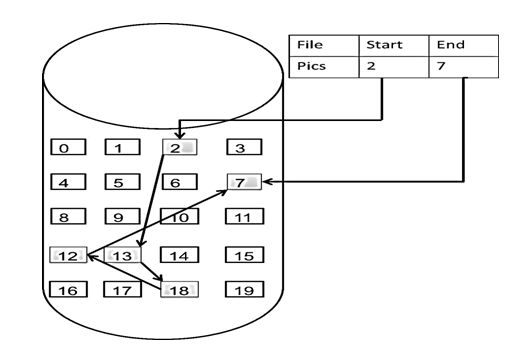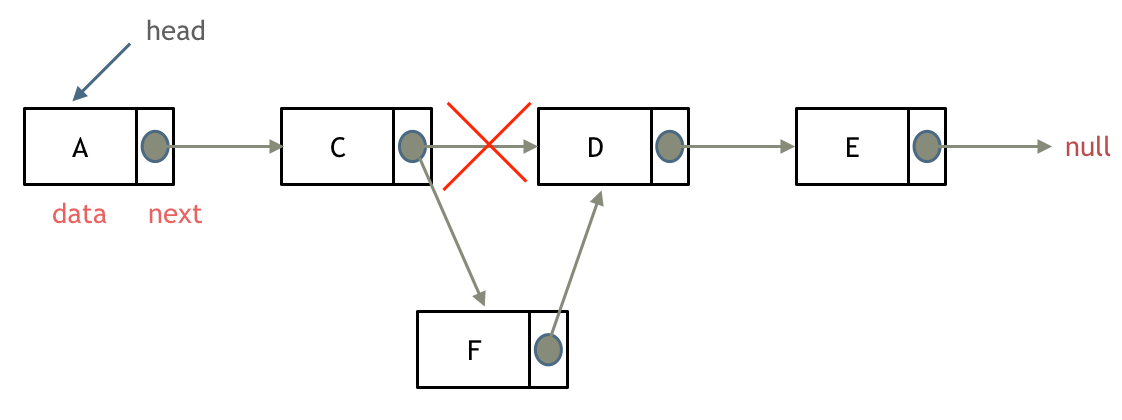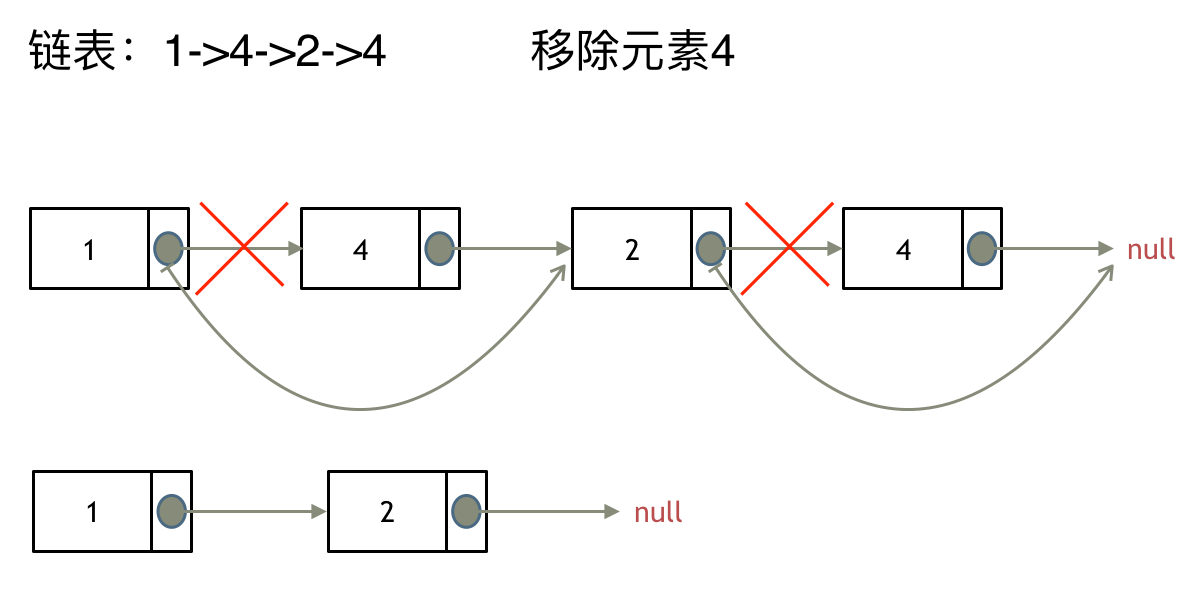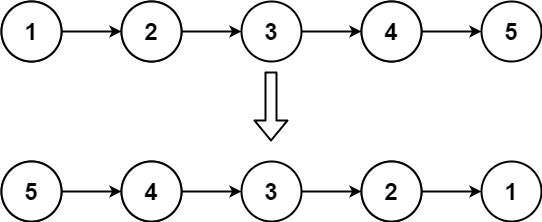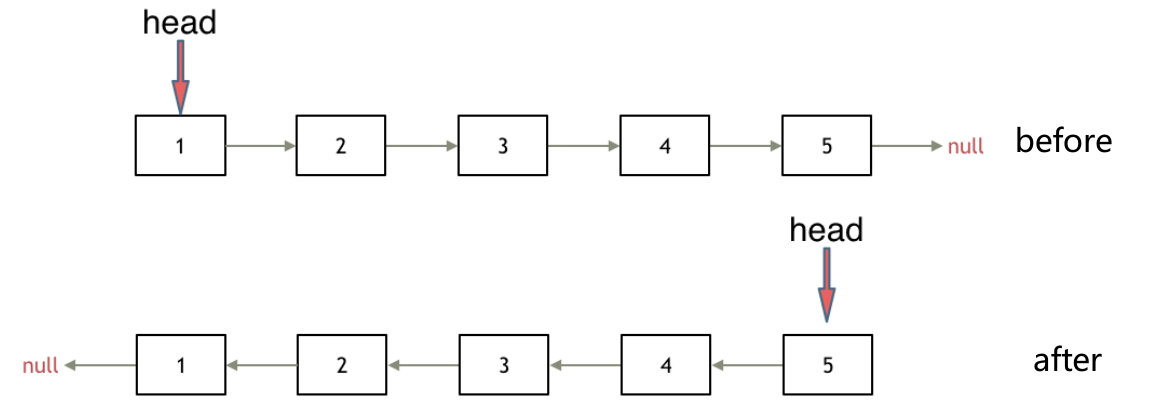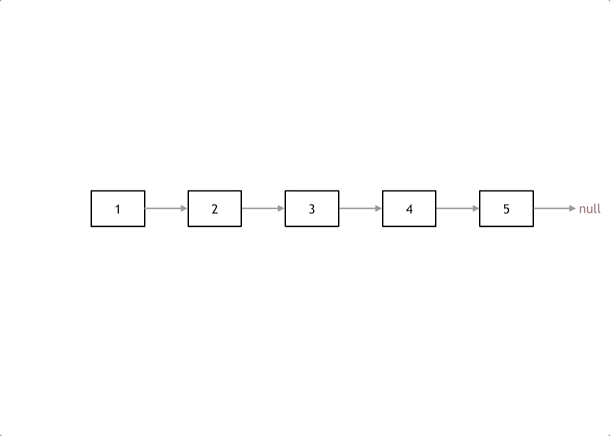Linked list basic
- Linked list basicYou are here
- Linked list basicYou are here
- Linked list advanced
Linked List
What is Linked List?
Linked List is a linear data structure in which elements are not stored at a contiguous location, rather they are linked using pointers.
Linked List forms a series of connected nodes, where each node stores the data and the address of the next node.
Node Structure: A node is a linked list typically consisting of two two components:
- Data: It holds the actual value or data associated with the node.
- Next Pointer: It stores the memory address(reference) of the next node in the sequence.
Head and Tail:
- Head: The linked list is accessed through the head node, which points to the first node in the list.
- Tail: The last node in the list points to null, indicating the end of the list.
Types of linked list?
- Single linked list
Define: In a single linked list, each node contains a reference to the next node in the sequence. Traversing a singly linked list is done in a forward direction.
- Double linked list
Define: In a doubly linked list, each node references the next and previous nodes.
This allows for traversal in both forward and backward directions but requires additional memory for the backward reference.
- Circular linked list
Define: In a circular linked list, the last node points back to the head node, creating a circular structure.
It can be either singly or doubly linked.
How is Linked List Storage in memory?
Linked List stored in memory is not continuous. It uses points to connect each node in memory.
Therefore, the nodes in a linked list are not contiguously distributed in memory but are scattered at various addresses in memory. The allocation mechanism depends on the operating system’s memory management.
This linked list has a starting node with the value 2 and an ending node with the value 7. The individual nodes are distributed across memory address spaces and linked together through pointers.
How to define a linked list by yourself?
1
2
3
4
5
6
7
class ListNode{
int val;
ListNode next;
ListNode() {};
ListNode(int val){this.val = val;}
ListNode(int val, ListNode next){this.val = val;this.next = next;}
}
Linked List operation?
Delete nodes
To delete a node from the linked list, we need to do the following steps:
- Find the previous node of the node to be deleted.
- Change the next of the previous node.
- Free memory for the node to be deleted.
1
2
3
4
//head is a linked list head nodes, cur is a temporary point used to operate linked list
ListNode cur = head;
//delete node
cur.next = cur.next.next;
Insert nodes
To insert a node after a given node in a linked list, we need to:
- Check if the given node exists or not.
- If it does not exist, terminate the process.
- If the given node exists:
- Make the element to be inserted as a new node.
- Change the next pointer of the given node to the new node.
- Now shift the original next pointer of the given node to the next pointer of the new node.
Linked List compared to Array?
| Insert/delete (Time complexity) | Insert/delete (Time complexity) | Situation | |
|---|---|---|---|
| Array | O(n) | O(1) | Data is fixed, frequent searching, infrequent insertions and deletions. |
| Linked List | O(1) | O(n) | Data is not fixed, infrequent searching, frequent insertions and deletions. |
Remove Linked List Elements
Given the
headof a linked list and an integerval, remove all the nodes of the linked list that hasNode.val == val, and return the new head.
Method 1: Directly use the original linked table for node removal operations:
1
2
3
4
5
6
7
8
9
10
11
12
13
14
15
16
17
18
19
20
21
22
23
24
25
26
27
28
29
30
/**
* Definition for singly-linked list.
* public class ListNode {
* int val;
* ListNode next;
* ListNode() {}
* ListNode(int val) { this.val = val; }
* ListNode(int val, ListNode next) { this.val = val; this.next = next; }
* }
*/
class Solution {
public ListNode removeElements(ListNode head, int val) {
//need do extra operations for head nodes
while(head!=null&&head.val==val){
head = head.next;
}
if(head==null){
return null;
}
ListNode cur = head;
while(cur!=null&&cur.next!=null){
if(cur.next.val==val){
cur.next = cur.next.next;
}else{
cur = cur.next;
}
}
return head;
}
}
Method 2 : Setting up a virtual head node in a remove node operation:
1
2
3
4
5
6
7
8
9
10
11
12
13
14
15
class Solution {
public ListNode removeElements(ListNode head, int val) {
//add virtual head nodes
ListNode newNode = new ListNode(0,head);
ListNode cur = newNode;//cur: temporary points
while(cur.next!=null){
if(cur.next.val==val){
cur.next=cur.next.next;
}else{
cur = cur.next;
}
}
return newNode.next;
}
}
Note:The condition in the while loop is cur.next != null, because the current position cur has already been processed.
Reverse Linked List
Given the
headof a singly linked list, reverse the list, and return the reversed list.
If we defined a new linked list to implement the reversal of list elements, it would actually be a waste of memory space.
In fact, we only need to change the direction of the ‘next’ pointers in the linked list to directly reverse it, without having to define a new linked list.
Previously, the head node of the linked list was the element 1. After the reversal, the head node is the element 5. No nodes were added or deleted; only the direction of the ‘next’ pointers was changed.
Use two pointer methods to reverse:
- Define a
curpointer that points to the head node, then define aprepointer and initialise it to null. - Begin to reverse, use
tmppointer to storecur.nextnodes. - Use a loop to traverse the whole linked list.
- Finally,
curpointed to null, the loop is ended, and the linked list is reversed, now we just need to returnpre
1
2
3
4
5
6
7
8
9
10
11
12
13
14
15
16
class Solution {
public ListNode reverseList(ListNode head) {
//use two pointer to reverse
ListNode tem;//used to store the node regarding to cur.next
ListNode cur = head;
ListNode pre = null;
while(cur != null){
tem = cur.next;
cur.next = pre;
//move next
pre = cur;
cur = tem;
}
return pre;
}
}
Use recursion to reverse a linked list:
1
2
3
4
5
6
7
8
9
10
11
12
13
14
15
class Solution {
public ListNode reverseList(ListNode head) {
return reverse(null,head);
}
public ListNode reverse(ListNode pre,ListNode cur){
if(cur==null) return pre;
ListNode tmp = cur.next;//store cur.next node
cur.next = pre;//reverse
// can compare it with the code for the two-pointer method. The recursive approach below essentially performs these two steps.
//pre = cur;
//cur = tmp;
return reverse(cur,tmp);
}
}
Design Linked List
Design your implementation of the linked list. You can choose to use a singly or doubly linked list. A node in a singly linked list should have two attributes:
valandnext.valis the value of the current node, andnextis a pointer/reference to the next node. If you want to use the doubly linked list, you will need one more attributeprevto indicate the previous node in the linked list. Assume all nodes in the linked list are 0-indexed.Implement the
MyLinkedListclass:
MyLinkedList()Initializes theMyLinkedListobject.int get(int index)Get the value of theindexthnode in the linked list. If the index is invalid, return-1.void addAtHead(int val)Add a node of valuevalbefore the first element of the linked list. After the insertion, the new node will be the first node of the linked list.void addAtTail(int val)Append a node of valuevalas the last element of the linked list.void addAtIndex(int index, int val)Add a node of valuevalbefore theindexthnode in the linked list. Ifindexequals the length of the linked list, the node will be appended to the end of the linked list. Ifindexis greater than the length, the node will not be inserted.void deleteAtIndex(int index)Delete theindexthnode in the linked list, if the index is valid.
1
2
3
4
5
6
7
8
9
10
11
12
13
14
15
16
17
18
19
20
21
22
23
24
25
26
27
28
29
30
31
32
33
34
35
36
37
38
39
40
41
42
43
44
45
46
47
48
49
50
51
52
53
54
55
56
57
58
59
60
61
62
63
64
65
66
67
68
69
70
71
72
73
74
75
76
77
78
79
80
81
82
83
84
class ListNode {
int val;
ListNode next;
ListNode() {};
ListNode(int val) {
this.val = val;
}
ListNode(int val, ListNode next) {
this.val = val;
this.next = next;
}
}
class MyLinkedList {
//set virtual head nodes
//use single linked list
int size;//define the total nodes in linked list
ListNode head;
public MyLinkedList() {
size = 0;
head = new ListNode(0);
}
//be mind this index start from 0
public int get(int index) {
if (index < 0 || index >= size) {
return -1;
}
ListNode cur = head;
while (index >= 0) {
cur = cur.next;
index--;
}
return cur.val;
}
public void addAtHead(int val) {
addAtIndex(0, val);
}
public void addAtTail(int val) {
addAtIndex(size, val);
}
public void addAtIndex(int index, int val) {
if (index < 0) {
index = 0;
}
if (index > size) {
return;
}
size++;
ListNode cur = head;
while (index > 0) {
cur = cur.next;
index--;
}
ListNode addNode = new ListNode(val);
addNode.next = cur.next;
cur.next = addNode;
}
public void deleteAtIndex(int index) {
//It's necessary to check the index to avoid null pointer exceptions
if (index < 0 || index >= size) {
return;
}
size--;
if (index == 0) {
head = head.next;
return;
}
ListNode cur = head;
while (index > 0) {
cur = cur.next;
index--;
}
cur.next = cur.next.next;
}
}



